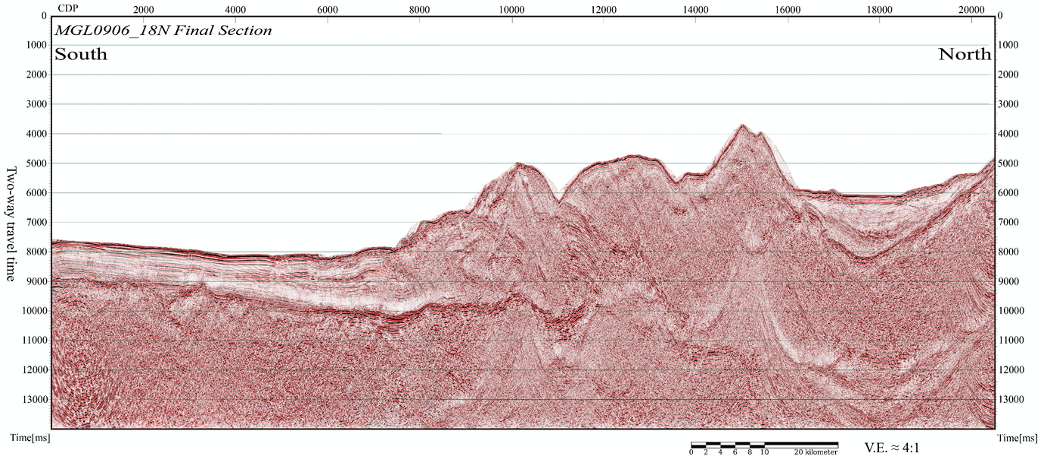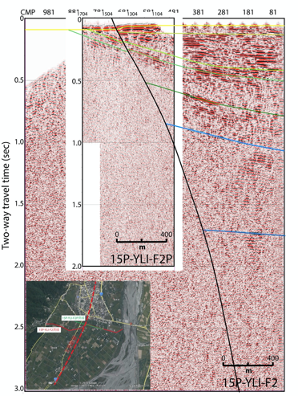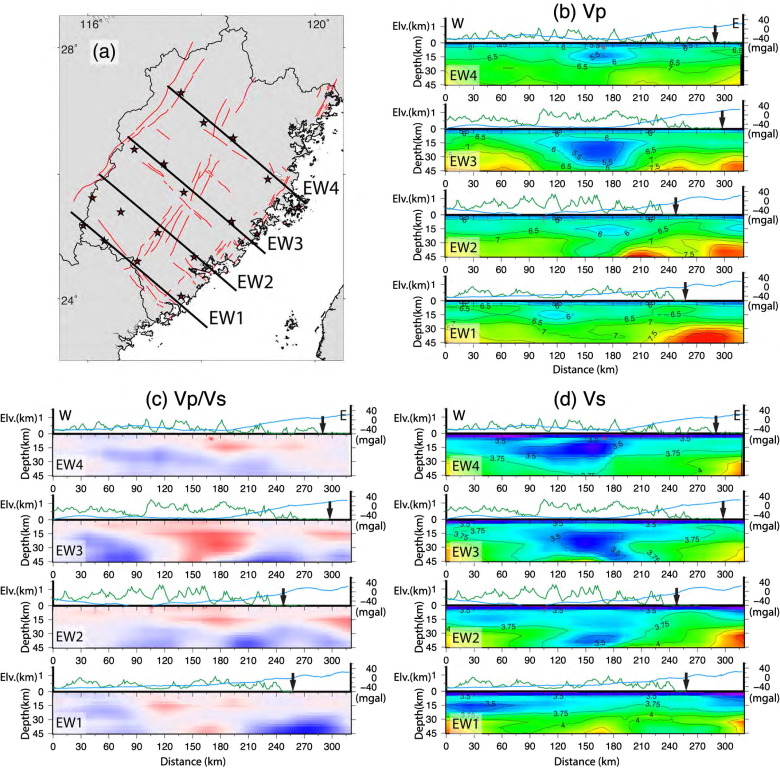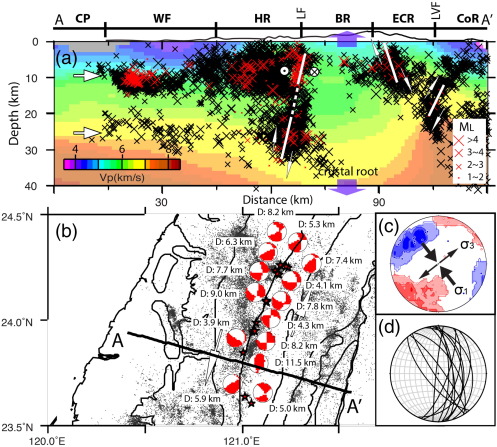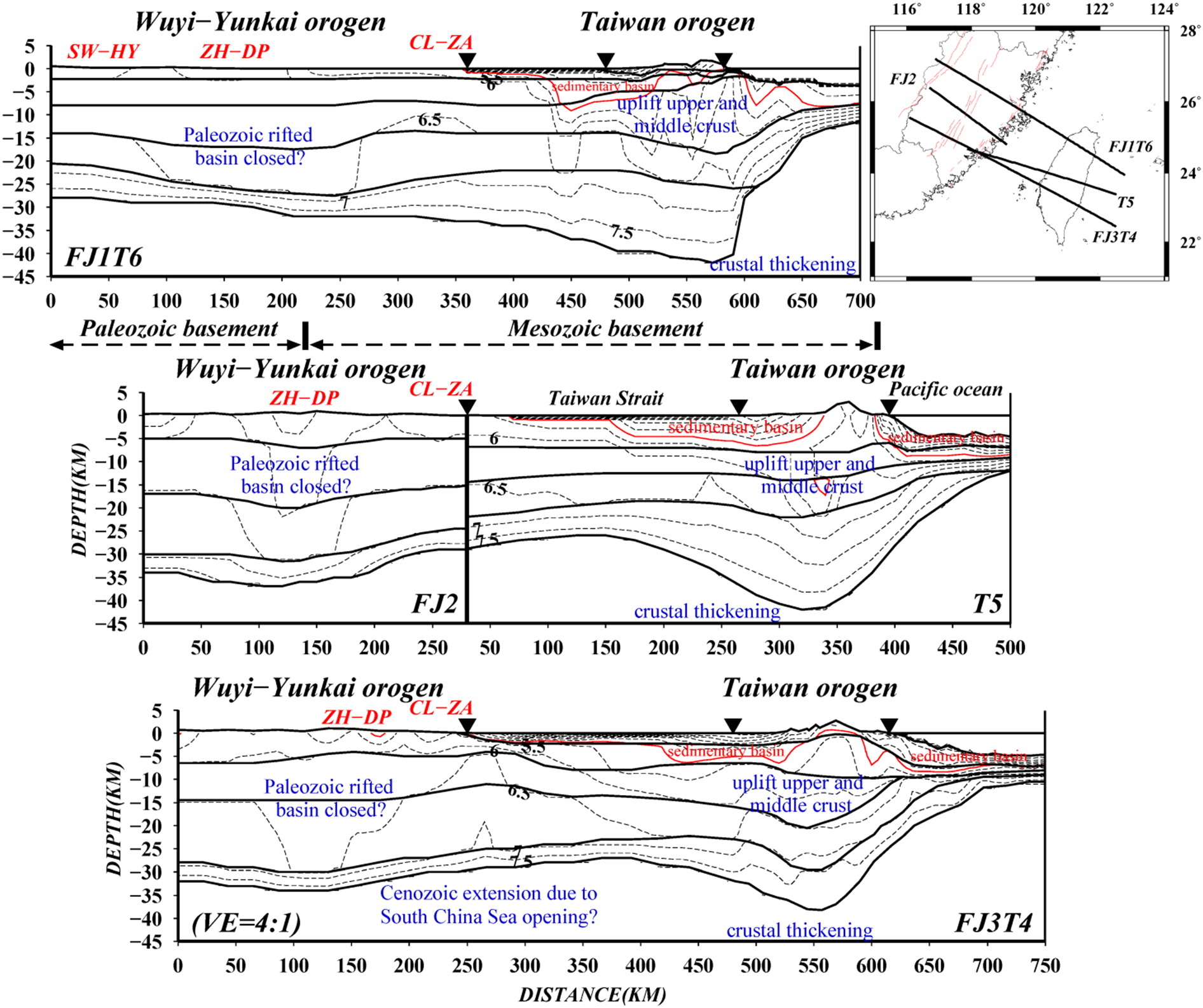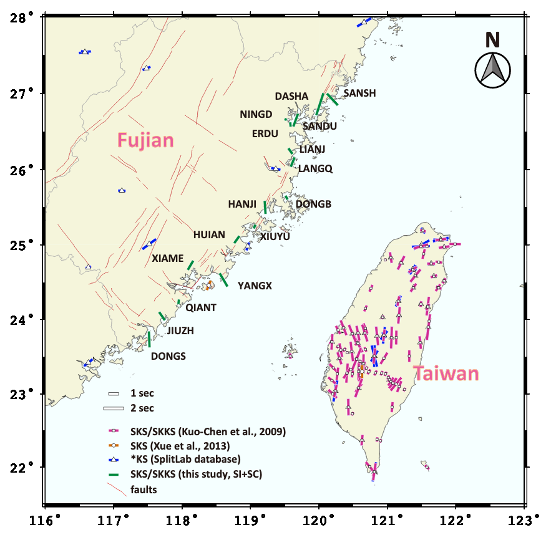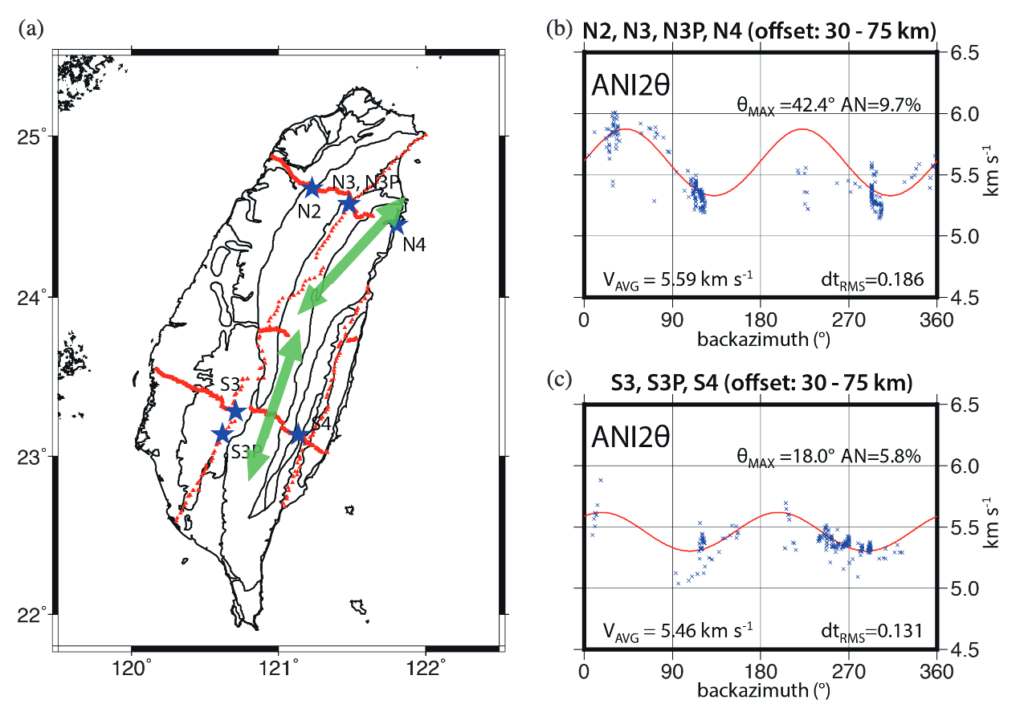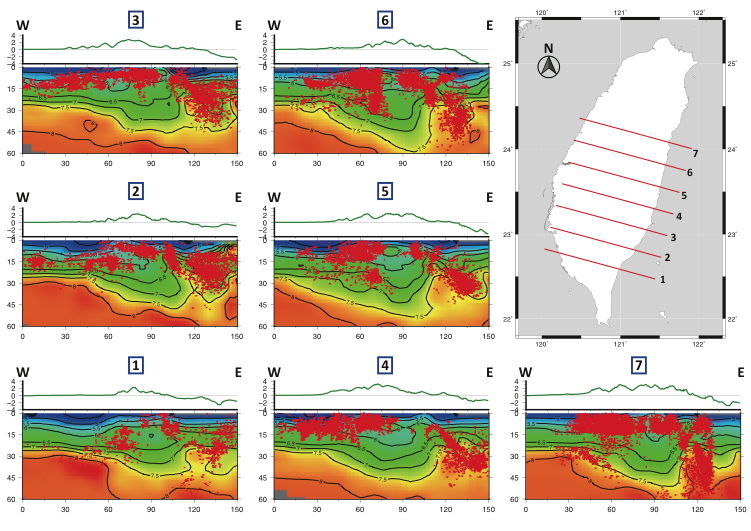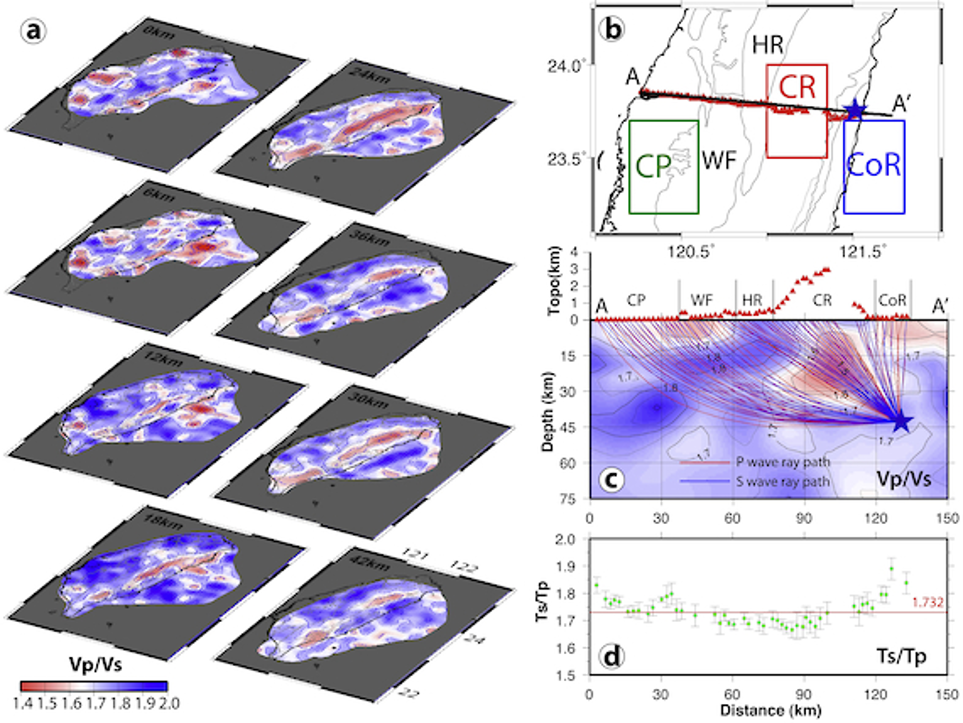Seismic anisotropy in the Fujian lithosphere and its tectonic implications from teleseismic shear wave splitting measurements
- As a result, the thickness of anisotropic layer increases from northeast to southwestin the Fujian area and in the southern part.
- Compared with the global tomography, it can be explained that the variations of fast-polarizations could relate to the EW mantle flowcreated by NS collision between the India and Eurasian Plates.
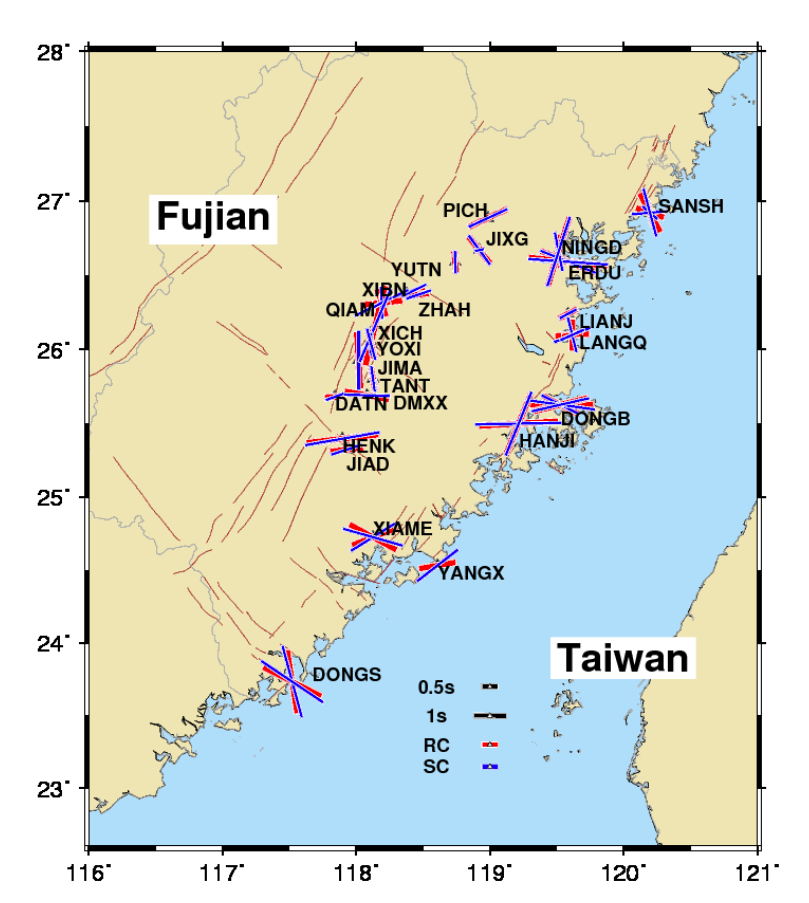
鍾仁齊 Jen-Chi Chung
碩士論文:利用剪力波分離探討福建地區岩石圈的非均向性及其地體構造上之意涵
Master’s Thesis: Seismic anisotropy in the Fujian lithosphere and its tectonic implications from teleseismic shear wave splitting measurements


